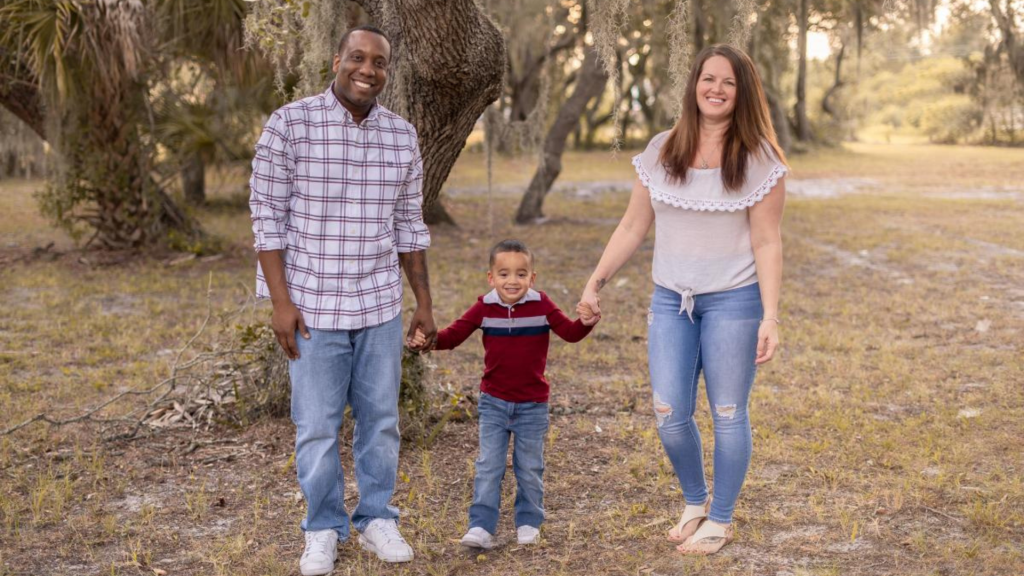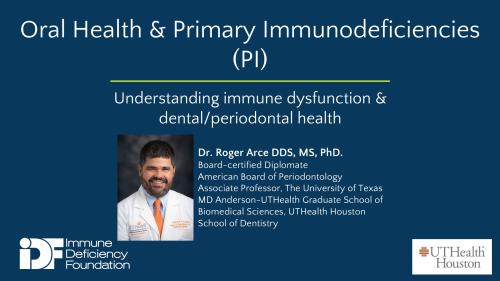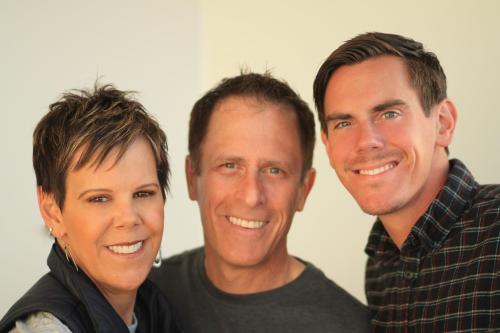
-
Understanding primary immunodeficiency (PI)

Understanding PI
The more you understand about primary immunodeficiency (PI), the better you can live with the disease or support others in your life with PI. Learn more about PI, including the various diagnoses and treatment options.
-
Living with PI
-
Addressing mental health
-
Explaining your diagnosis
- General care
- Get support
- For parents and guardians
-
Managing workplace issues
- Navigating insurance
-
Traveling safely

Living with PI
Living with primary immunodeficiency (PI) can be challenging, but you’re not alone—many people with PI lead full and active lives. With the right support and resources, you can, too.
-
Addressing mental health
-
Get involved

Get involved
Be a hero for those with PI. Change lives by promoting primary immunodeficiency (PI) awareness and taking action in your community through advocacy, donating, volunteering, or fundraising.
-
Advancing research and clinical care
-
Research Grant Program
-
Consulting immunologist
-
Diagnosing PI
-
Getting prior authorization
-
Clinician education
-
Survey research
-
Participating in clinical trials

Advancing research and clinical care
Whether you’re a clinician, researcher, or an individual with primary immunodeficiency (PI), IDF has resources to help you advance the field. Get details on surveys, grants, and clinical trials.
-
Research Grant Program

Meet the Hargroves
Rayna and Kevin Hargrove are parents to son Kai Hargrove, born in 2016. Doctors diagnosed Kai with x-linked SCID as an infant. Kai has undergone two HSCTs and gene therapy.
What were the details of Kai’s diagnosis and his subsequent treatments?
Kai was born at 39 weeks, and when he was delivered it was discovered he had wet lungs. He spent six days in the neonatal intensive care unit. The day we were to get released home from the hospital we received a call that Kai’s newborn screening test results came back abnormal. He then needed to be transferred to the children’s hospital for further testing. That’s when it was confirmed Kai did indeed have X-linked SCID.
Further genetic testing on me revealed that I am a carrier. Both of my teenage daughters were tested and came back with positive carrier results. With no family history, this was very traumatic and I’ve had a hard time wrapping my head around it all, even years later.
Kai never had any active infections going into any of his treatments. When the doctors told us strict isolation, that’s what we lived. I wanted my son to have the best chance at life. So being lenient on isolation restrictions wasn’t an option.
Kai has his first HSCT at 2 ½ months, his second HSCT at 9 months and gene therapy at 15 months. The total time spent in isolation was 2 ½ years.
What was the most difficult part for Kai as he underwent treatment?
For Kai, I would have to say not being allowed around other children and having less interaction with his school-age sisters was difficult at times.
For us, the most difficult parts were the financial burden on our family, learning to live in strict isolation, and trying to bring the least number of germs back into our household when going out individually.
For myself, dealing with post-traumatic stress disorder on my own has been challenging throughout his treatment and journey. Self-care is very important!
What was the most unexpected part about the treatment for Kai?
The most unexpected part of treatment was that Kai’s two HSCTs failed, extending our time in isolation.
Another unexpected aspect of treatment was that we put our trust in doctors who didn’t ultimately make decisions that were in the best interest of our child and never educated us on all treatment options.
What do you wish you’d known about treatment before going into it?
We wished that we would have known that X-linked SCID has treatment options, not just the traditional bone marrow transplant, also known as HSCT. We wish that we had been informed of the failure rate for half-match donors. We would have liked to have been given the information for the SCID Angels for Life Facebook page when our son was first diagnosed. Truly, that group has been my best resource for SCID information and helped me get through the most difficult moments in our journey.
What advice do you have for other parents as their children undergo treatment?
Before moving forward with treatment, request a second opinion from another facility preferably one on the Primary Immune Deficiency Treatment Consortium, or PIDTC list. Always, always, always advocate for your child despite how much knowledge your child’s doctor has. Always remember you play a key role in the decision-making for your child’s treatment plan. Don’t let doctors’ egos get in the way when it comes to making the best decision; it might take moving mountains but I can tell you first hand it is so worth it. Doctors don’t have to like you but their job is to take care of your child the right way.
What words of encouragement do you have for parents whose children have been diagnosed and are going through the process of preparing for treatment?
As a SCID mom, I have a love-hate relationship with SCID.
It has brought me deep sadness on so many levels, knowing that my children will walk this same path if they choose to go on to have children. It seems it’s a vicious cycle that will never end, but as a mother the only thing I can do is educate myself and pass my knowledge on to them and others when the time comes.
The things I love about SCID are the incredible people who helped me along the way, the people who keep advocating for SCID children worldwide, and, last but not least, the SCID families who are like no other who are always in the shadows with open arms. I credit so many of them for helping me get through this journey.
I can tell you that you are not alone in this fight. You have and always will have a SCID Army behind you.
This time in your life will probably bring some of the darkest days you will ever experience, but I promise there is light at the end of this long journey. Never give up hope, even on days that might not be the best. Take it one day at a time and you will make it through this SCID journey, and in years to come, you too will tell your story.
Find more information
Severe combined immune deficiency (SCID) is a life-threatening primary immunodeficiency (PI), with a combined absence of T cell and B cell function. There are at least 20 different genetic variants that can cause SCID.
Learn about SCIDYour Situation
Topics
Diagnosis
Related resources

Primary immunodeficiency & oral health: Why PI causes gum disease, ulcers, and infections

Undiagnosed: Reuben & Sherri Johnson on CGD, chronic illness, and the fight for healthcare

Heather Smith championed SCID families
Sign up for updates from IDF
Receive news and helpful resources to your cell phone or inbox. You can change or cancel your subscription at any time.





The Immune Deficiency Foundation improves the diagnosis, treatment, and quality of life for every person affected by primary immunodeficiency.
We foster a community that is connected, engaged, and empowered through advocacy, education, and research.
Combined Charity Campaign | CFC# 66309

